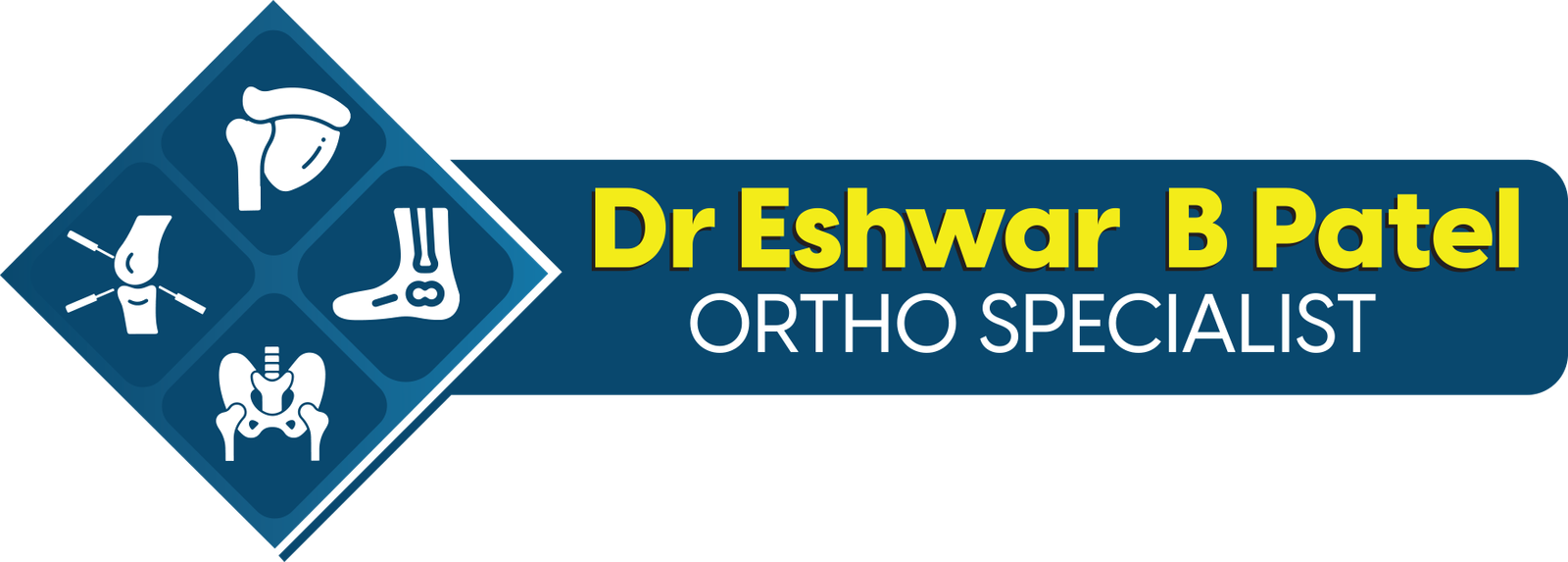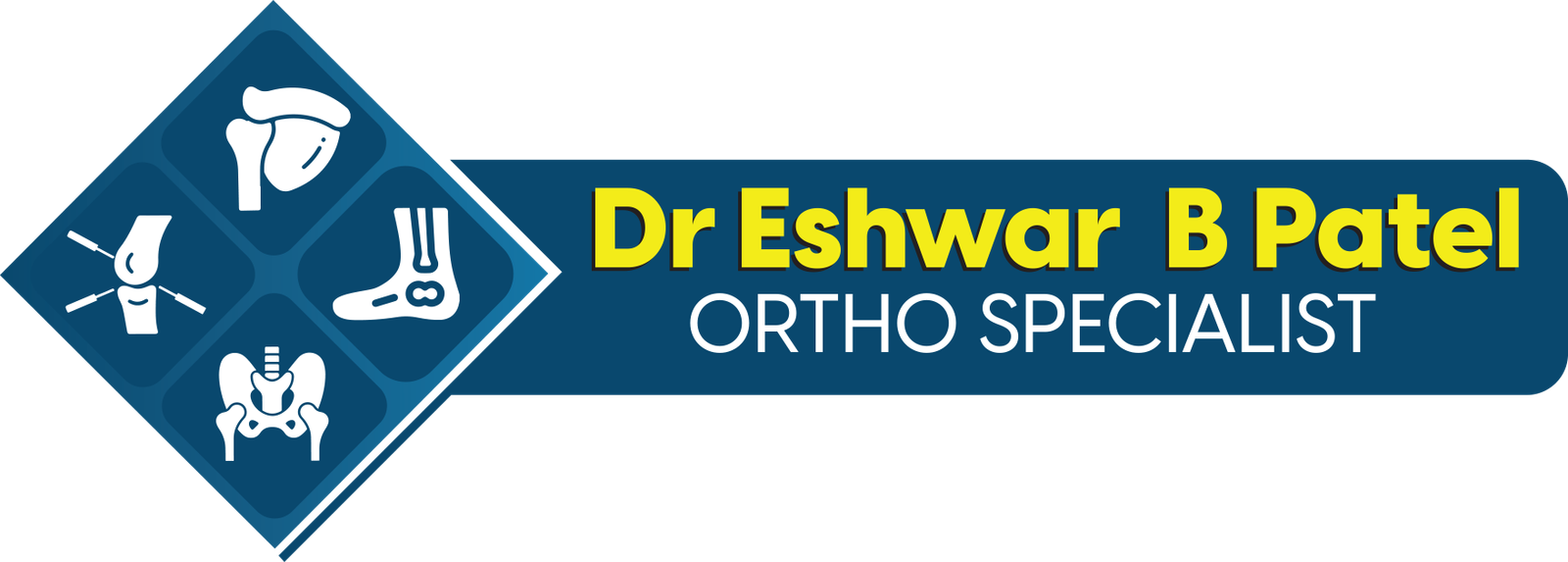Sports Injuries
Sports injuries are a complex and unfortunate aspect of athletic competition, affecting both amateur enthusiasts and professional athletes alike. They can range from minor strains and sprains to severe fractures and ligament tears, often requiring extensive rehabilitation and sometimes even ending careers. Here’s a comprehensive exploration of sports injuries, their types, causes, prevention, treatment, and the psychological impact they can have:
Types of Sports Injuries:
-
Sprains and Strains: These occur when ligaments (sprains) or muscles or tendons (strains) are stretched or torn, usually due to sudden movements or overexertion.
-
Fractures: Bones can break or crack due to impact or stress, such as in contact sports or from repetitive motions.
-
Dislocations: Joints can become displaced from their normal positions, often due to a forceful impact.
-
Tendon Injuries: Tendons can become inflamed (tendonitis) or torn (tendinosis), commonly affecting areas like the Achilles tendon or the rotator cuff.
-
Concussions: Traumatic brain injuries caused by blows to the head, prevalent in contact sports like football and boxing.
-
Overuse Injuries: Resulting from repetitive motions, these include conditions like runner’s knee, tennis elbow, and stress fractures.
Causes of Sports Injuries:
-
Poor Technique: Incorrect form or execution of movements can strain muscles and joints, leading to injury.
-
Overtraining: Pushing the body beyond its limits without adequate rest can result in fatigue and increased susceptibility to injury.
-
Environmental Factors: Playing conditions, equipment quality, and weather can contribute to the risk of injury.
-
Physical Imbalance: Muscle weakness or imbalance can place undue stress on certain areas of the body, increasing injury risk.
-
Contact: In contact sports, collisions with opponents or objects can cause acute injuries like fractures and concussions.
Prevention Strategies:
-
Proper Warm-up and Stretching: Dynamic warm-up routines and stretching exercises can prepare muscles and joints for activity, reducing the risk of injury.
-
Strength and Conditioning: Building strength and improving flexibility can enhance athletic performance and reduce injury risk.
-
Equipment and Safety Gear: Wearing appropriate protective gear, such as helmets, pads, and braces, can mitigate the impact of collisions and falls.
-
Rest and Recovery: Adequate rest between training sessions allows the body to repair and strengthen tissues, reducing the risk of overuse injuries.
-
Skill Development: Learning and practicing proper techniques under the guidance of qualified coaches can help prevent injuries related to poor form.
Treatment and Rehabilitation:
-
R.I.C.E. Protocol: Rest, Ice, Compression, and Elevation are often initial measures to manage acute injuries and reduce inflammation.
-
Physical Therapy: Rehabilitation programs tailored to specific injuries help restore mobility, strength, and function.
-
Medication: Nonsteroidal anti-inflammatory drugs (NSAIDs) and pain relievers may be prescribed to manage pain and inflammation.
-
Surgery: In severe cases, surgical intervention may be necessary to repair damaged tissues, such as torn ligaments or fractured bones.
-
Gradual Return to Activity: Returning to sports or exercise too soon increases the risk of re-injury, so a gradual progression under medical supervision is crucial.
Psychological Impact:
-
Fear of Re-injury: Athletes may experience anxiety or hesitation about returning to play after an injury, fearing a recurrence.
-
Loss of Identity: For professional athletes, injuries can disrupt their careers and lead to feelings of loss or identity crisis.
-
Depression and Isolation: The inability to participate in sports or activities they love can lead to feelings of sadness, frustration, and isolation.
-
Motivation Challenges: Recovering from an injury requires patience and perseverance, which can test an athlete’s motivation and mental resilience.
-
Support Networks: Access to supportive coaches, teammates, and medical professionals can play a crucial role in an athlete’s recovery and mental well-being.
In conclusion, sports injuries are a multifaceted issue that requires attention to prevention, prompt treatment, and comprehensive rehabilitation. By understanding the causes and risk factors associated with sports injuries, athletes can take proactive steps to minimize their likelihood and maximize their overall health and performance.
Surgeries
Best Knee Replacement in Hyderabad
Best Hip Replacement in Hyderabad
Best Shoulder Replacement in Hyderabad
Best Arthrocopy Treatment in Hyderabad
Orthopedic Surgeon in Hyderabad
Maps
Copyright 2022 © DrEshwar Patel Ortho Specialist All Rights Reserved.
Website Designed & Developed By VENLAX GROUP

